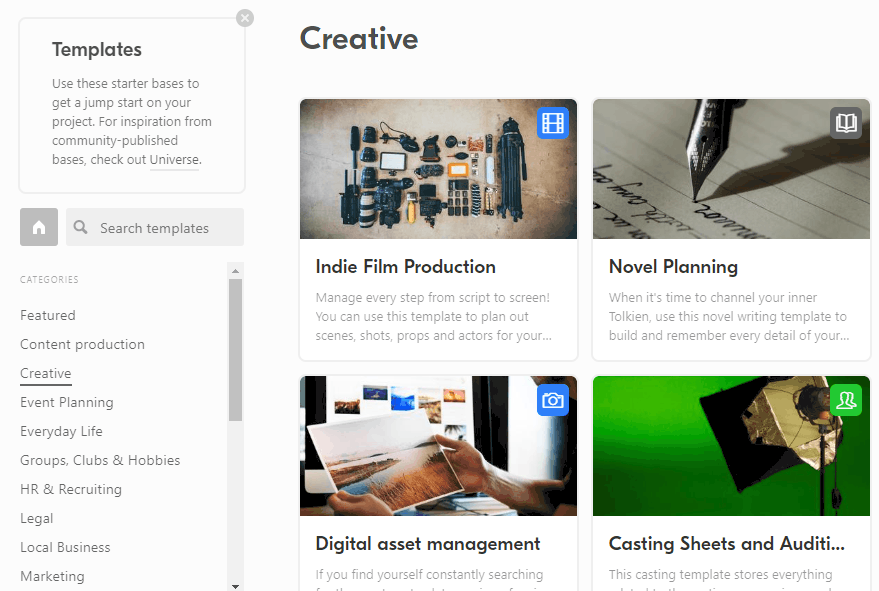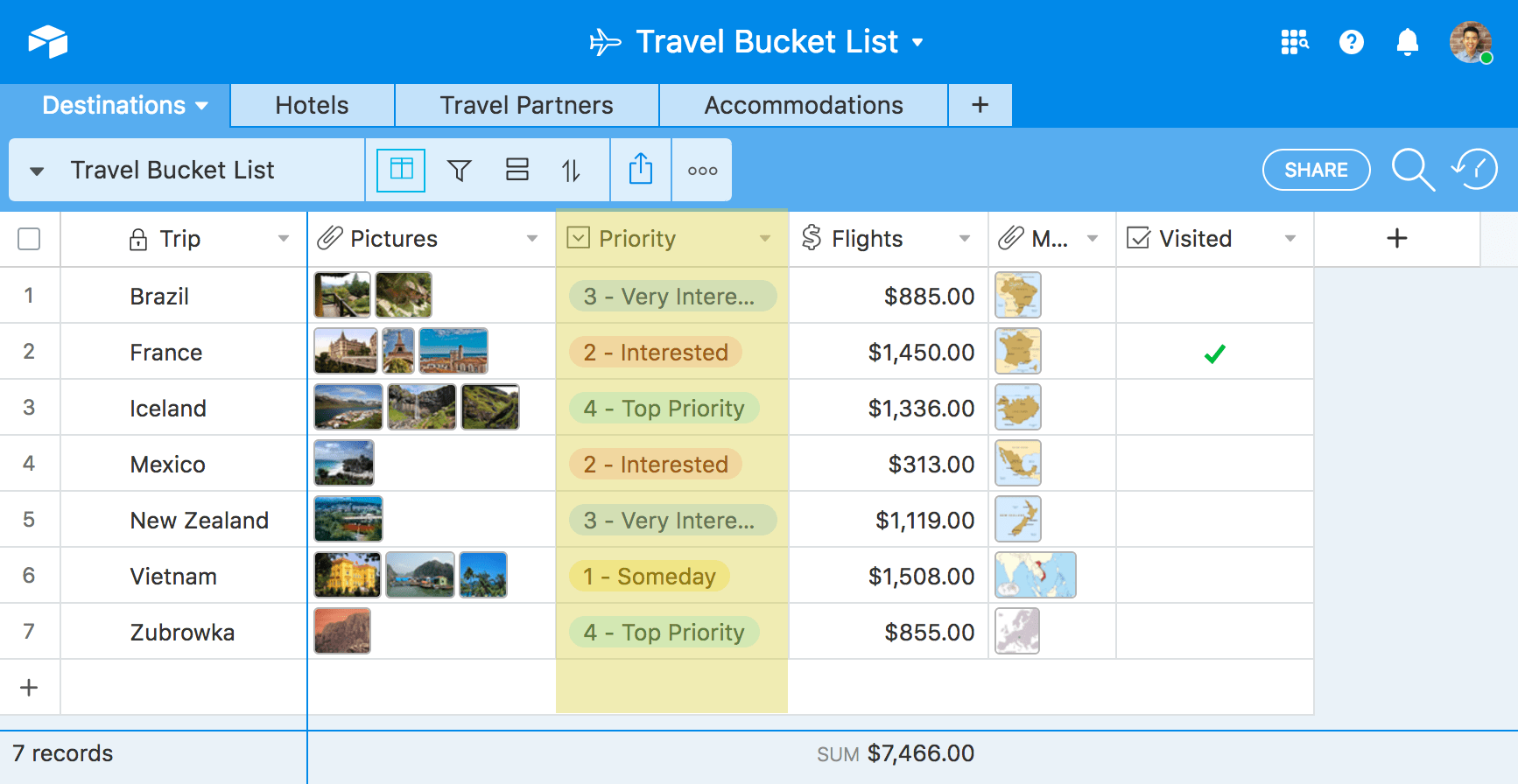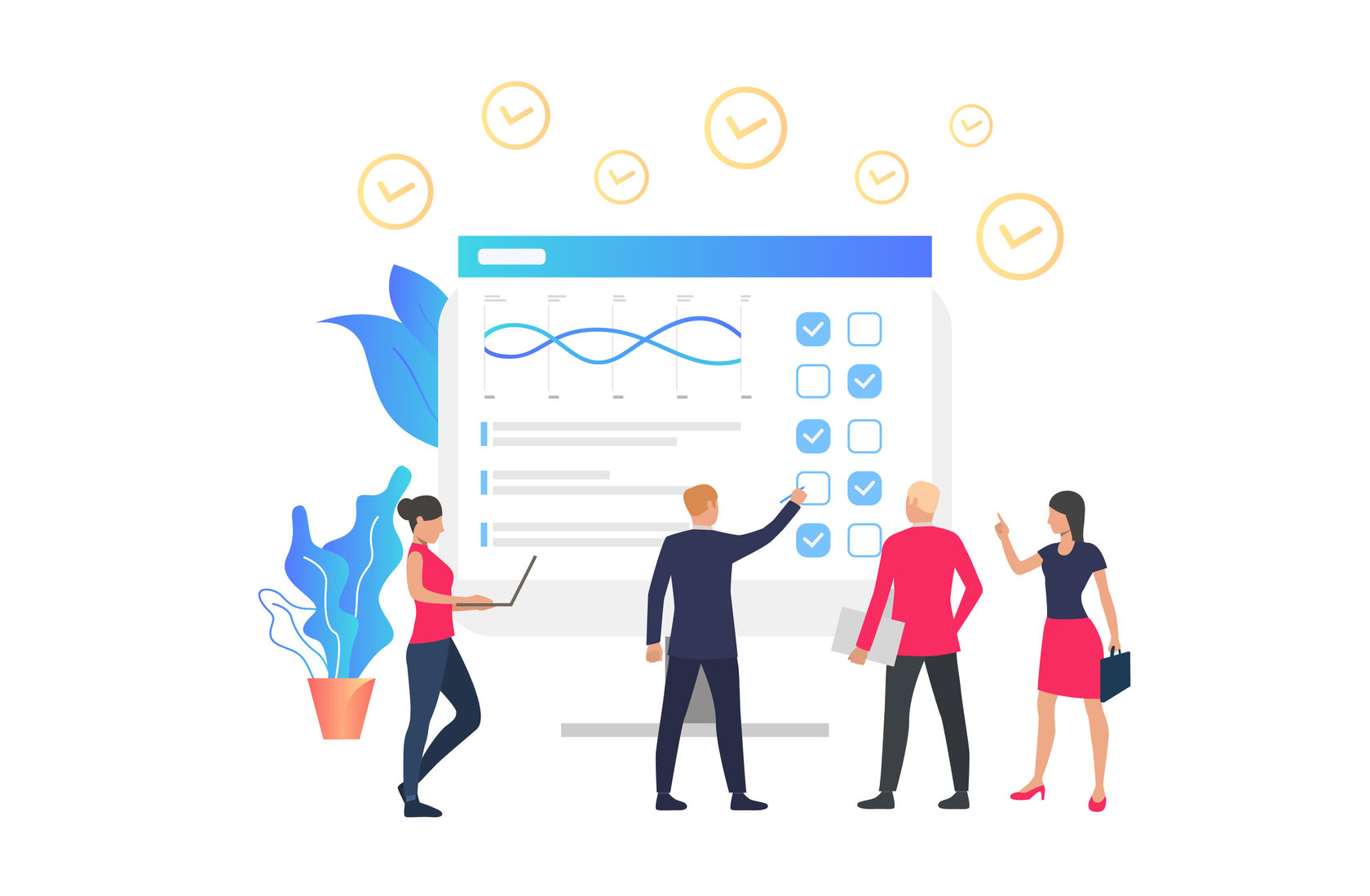

- #Airtable project management manual
- #Airtable project management software
- #Airtable project management iso
It provides near real-time database replication, uses industry-standard network protection procedures, and applies regular updates and patches. Facilities are manned 24/7 with redundant backup systems, access and authentication systems, and digital surveillance systems.
#Airtable project management iso
Its data centers located in the US and EU comply with world standards such as ISO 270001, SOC1, SOC2, and ISAE 3402. Wrike provides several layers of security to provide a reliable collaborative work management platform to its customers. Read also: Expanding Automation and Artificial Intelligence in Project Management Security
#Airtable project management manual
Integrated and automated workflows help prevent information silos, and reduce errors from manual workflows. They can choose to transfer and sync data, or automate workflows using triggers that cause actions to automatically happen. Aside from its no-code, prebuilt connectors, users can also connect using APIs. Wrike Integrate is an integration and automation add-on that lets users connect to over 400 cloud and on-premise apps, adding custom automation in their workflows across the business. Integration and AutomationĬompanies who made significant investments in digital tools to fill the short-term needs of their distributed teams consider integration one of the highest priorities in selecting new remote work technology.
#Airtable project management software
The software lets users invite external collaborators, providing templates and integration to other digital creation and publishing tools. It streamlines the review process by automatically assigning tasks and notifying approvers. Users can share feedback directly into the project, with all requests and versions kept safely. All involved can quickly get back to a single, organized place and pinpoint the exact changes needed to get work moving forward.

With feedback centralized together with the digital assets, files, and approvals, the project becomes self-documenting. Wrike has automated visual proofing that eliminates the need for remote teams to communicate and clarify with their client via multiple external tools. To address challenges the remote workforce faces, it offers automated approval processes, apps and integrations, and robust, enterprise-grade security. Wrike also has project templates to speed up initiation, custom request forms to simplify intake, time tracking to streamline invoicing, and analytics for real-time insights. Features include interactive Gantt charts, drag-and-drop Kanban boards, shared team calendars, and project portfolio management for a comprehensive view of projects, teams, priorities, and performance. This solution offers flexible views and customizable workflows to help inform stakeholders of progress. It provides users a digital workspace where they can create, organize, and store projects, as well as details, files, and discussions. Wrike is a cloud project management and team collaboration software. Remote work technology will enable project manages to address new work challenges, making it easier for employees to collaborate with coworkers and external partners - continuing to use existing tools, but also ensuring that collaboration and integration are secure. To make working from home work, businesses need the right combination of technology and tools to support both synchronous communication and asynchronous collaboration. Read also: What Is the Productivity Puzzle and Why Does It Matter? This allowed operations to continue, but managers also noticed these non-integrated solutions were causing decentralized collaboration, poor reporting, communication breakdowns, and missing files.

When the business world suddenly shifted to a work-from-home setup, companies quickly implemented a variety of communication tools like chats and video conferences to keep their employees online and connected. Airtable article, we explore two available solutions to these new remote work pain points. Although software provides options, it also results in undue complexity with a proliferation of tools, digitized bad processes, low visibility, and increased exposure of corporate data. Users are storing information in multiple locations and communicating across numerous channels while using different tools. Employees now use multiple tools to get work done, but this digital adoption also resulted in new problems.


 0 kommentar(er)
0 kommentar(er)
